What is "FSC Certified" lumber?
The Forest Stewardship Council (FSC) is an international, not-for-profit organization created in 1994 whose mission is promoting responsible forest management and the production of sustainable lumber and wood products via their "FSC wood certification labels".
Their goal is to protect natural resources by promoting environmentally sustainable, socially beneficial, and economically viable management of the world’s forests, from which the majority of our lumber and wood products are sourced, with the objective of helping to protect animal habitats, indigenous people’s rights and communities, worker’s rights, and areas of significant environmental and cultural importance.
The original concept for the FSC certification of lumber products began in 1990 with a group composed of conscientious consumers, traders and environmental and human rights organizations.
They were concerned about the escalating deforestation, environmental degradation, and social exclusion within forestry around the globe, and so highlighted their aim to develop a responsible, credible and clear certification system to differentiate and promote managed forests and encourage responsibly produced wood products. This is how the FSC certification and the clear FSC Certified labeling scheme came to be created.
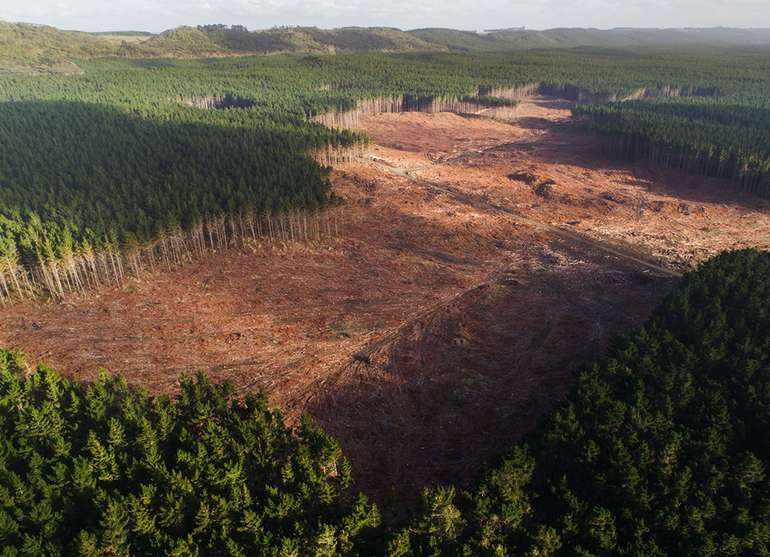
To this day, the Forest Stewardship Council is a democratic organization that is governed by its members, and is widely considered to be the most reliable and effective forestry product certification program.
Criticism of the FSC & the "Greenwashing of Timber" accusation by Greenpeace
Greenpeace released a report in a 2014 slamming the Forest Stewardship Council for standing by as FSC-certified loggers ravaged the Russian taiga, particularly the Dvinsky Forest, more than 700 miles north of Moscow.
Greenpeace accused FSC-certified logging companies there of “wood-mining” forests the way they might strip-mine coal, as a nonrenewable resource, and of harvesting “areas that are either slated for legal protection or supposed to be protected as a part of FSC requirements.”
As much as this, and other upheld discrepancies have been found amongst FSC certified producers and products, a 2016 meta-analysis of scientific studies (here) found that FSC certification in the tropics has reduced degradation and improved labor and environmental conditions in affected forests.
As no system for certifying sustainable production of lumber in far-flung forests is ever going to be perfect, what we are saying by this Guide is that as the world's major environmental NGOs - including WWF, Sierra Club, NRDC, NWF, etc. - including Greenpeace - consider the Forest Stewardship Council (FSC) the only credible certification system, by default so do we.
It is the fact that there are well documented occasional failings (as well as FSC's subsequent actions to deal with problems and the problematic FSC certified actors behind these failings) that demonstrates the FSC's existence as a credible, living, evolving system of sustainable certification of lumber.
So what is FSC Certified Lumber and how to recognize it?
Any Lumber or paper producer that carries the FSC logo has been carefully vetted and meets the high standard of the FSC certification program. FSC Certified Lumber aims to be the ‘gold standard’ of ‘eco-friendly’ lumber, and it's an assurance that this wood product has been harvested from a sustainably managed forest. When buying lumber or wood products, like eco-friendly hardwood flooring, pay attention and look for the FSC certification.
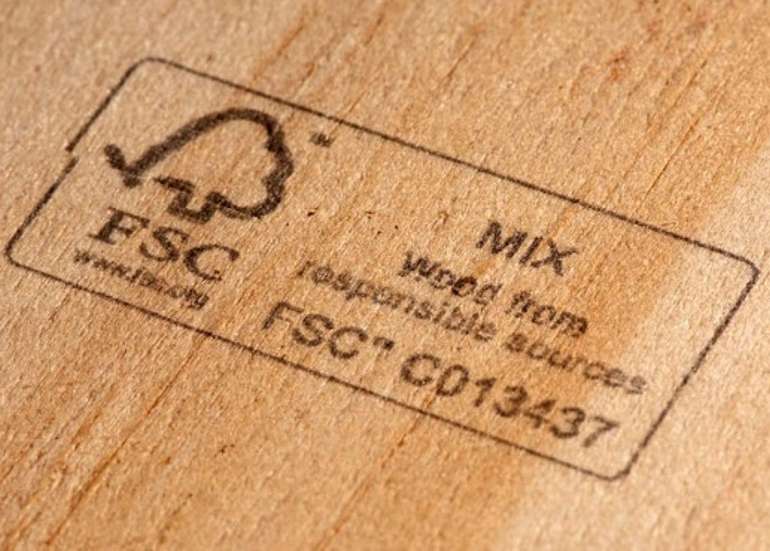
Wood and paper producers are subject to mandatory verification and must continually seek recertification from the FSC to maintain their status.
All FSC Certified wood products are easily identifiable by carrying one of the following logos, which are a checkmark combined with a silhouette of a tree.
There are three FSC certifications for wood products:
- FSC 100% - This label uses products that are made from 100% virgin material sourced from FSC certified forests.
- FSC Mix - This label uses a combination of virgin wood from an FSC certified forest, recycled/reclaimed materials and FSC controlled wood.
- FSC Recycled - This label uses pre-consumer and post-consumer recycled fiber products.
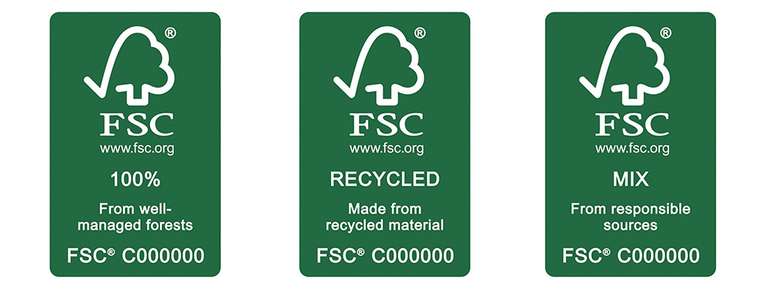
What is the difference between FSC and SFI certified lumber and wood products?
The Forest Stewardship Council (FSC) can be considered a stronger certification than the Sustainable Forest Initiative (SFI) as it is global and represents civil society, whereas the SFI is a North American certification which is represented mainly by industry. With all the compromises this may imply.
The SFI was launched by the American Forest and Paper Association in 1994, and its roots are in the logging industry, from which it still receives funding. The ties that SFI has to industry are concerning for environmental protection organizations, as the optics appear something of an industry attempt to lower the bar on what qualifies as "sustainable forest management", and in effect muddy the waters of which certified wood has actually been 'sustainably harvested'.
However, the SFI has since prohibited logging of old-growth forests and limited the use of chemical pesticides in forests – which are both key elements in producing sustainable certified wood products. With this being said, we would suggest that choosing SFI Certified Lumber would be preferrable to that with no certification, but only if unable to find FSC Certified Lumber, but hey, it's a suggestion, we're not here to make any builder's life more difficult.
Why buy FSC certified wood?
While there are many reasons to buy FSC certified wood products, one of the most important ones is that it helps reduce the impact climate change by promoting responsible forest management and the recycling of wood and paper.
Forests have a key role in regulating the earth’s climate and removing carbon dioxide (CO2) from the atmosphere. When making the choice to buy FSC certified wood products, it guarantees that all the trees harvested are replaced, or are allowed to regenerate naturally, minimizing waste and environmental impact.
The FSC also recognizes and protects the rights of indigenous communities in North America and around the world by preventing trees from being felled on their sacred sites, and in some cases, entire forests are protected in order to preserve and protect rare animals and plants.
The FSC’s rigorous management of commercial forests and prohibition of uncontrolled deforestation promotes conservation efforts and sustainability around the world. It also ensures better conditions for the people whose livelihoods depend on forests and their sustainable lumber production as a key construction resource.
Ultimately, choosing to buy FSC certified wood products means buying wood products with a clear conscience in terms of its origins and environmentally sound credentials and the assurance that future generations will be able to enjoy the full benefits of forests – including the diversity of the animals living in them.
Will choosing FSC certified or SCI wood products gain me LEED points?
The Alternative Compliance Path allows LEED projects to achieve an existing green building credit, using an alternative approach to what is specified in the existing rating tool, yes. The Certified Wood pilot ACP is being used to test new ideas before they are fully integrated into the LEED rating systems.
Builders and architects using certified wood and paper products from the Sustainable Forestry Initiative (SFI), American Tree Farm System (ATFS), Canadian Standards Association (CSA), Forest Stewardship Council (FSC), and Programme for the Endorsement of Forest Certification (PEFC) certification standards can achieve a point in the Certified Wood Pilot ACP under LEED 2009 and achieve a point in the Sourcing of Raw Materials Pilot ACP under LEED v4. This is an extra reason why Ecohome used FSC certified lumber in the exceptional Edelweiss LEED Platinum certified house project.
Eligibility for LEED points for certified lumber
In order to achieve a LEED point, the user must verify that:
- 100% of the forest products are from legal (noncontroversial) sources.
- 70% are from responsible sources.
- The remainder must be certified sources as evidenced by a chain-of-custody (CoC) certification.
SFI Fiber Sourcing certification counts as legal and responsible, while forest products delivered through SFI, FSC or PEFC CoC certification count as legal, responsible and certified sources.
The Alternative Compliance Path applies to all LEED v4 and LEED 2009 systems, including Building Design and Construction (BD+C), Interior Design and Construction (ID+C), Building Operations and Maintenance (O+M), Neighborhood Development (ND) and Homes (under LEED v4).
Where can I buy FSC certified wood products?
FSC certified products can be found at many major home improvement stores and building supply retailers such as RONA, Home Depot, Lowe's and even online at Amazon.
Major suppliers throughout the USA include:
- Builders FirstSource Inc.
- 84 Lumber Company
- Lumber Liquidators Inc.
And in Canada include:
- Home Hardware
- Timber Mart
- ILDC (Independent Lumber Dealers Co-operative)
All there is to remember when choosing to make an environmentally conscious choice of sustainable wood products is to seek out genuine FSC certified lumber materials by looking for one of three FSC certified labels listed above, or for SFI certified lumber if local suppliers can't supply it.
To easily find FSC certified products and suppliers locally online, you can also use the search tools provided on the FSC website (below), or for FSC certified plywood products that are also formaldehyde free - see here.
Now you know how to choose sustainably harvested wood from responsibly managed forests. Learn more about choosing eco-friendly building materials, building with recyled wood, disposing of construction waste and other easy choices to make to reduce the environmental footprint of construction projects in these pages :
Find more about green home construction in the Ecohome Green Building Guide pages - also, learn more about the benefits of a free Ecohome Network Membership here. |
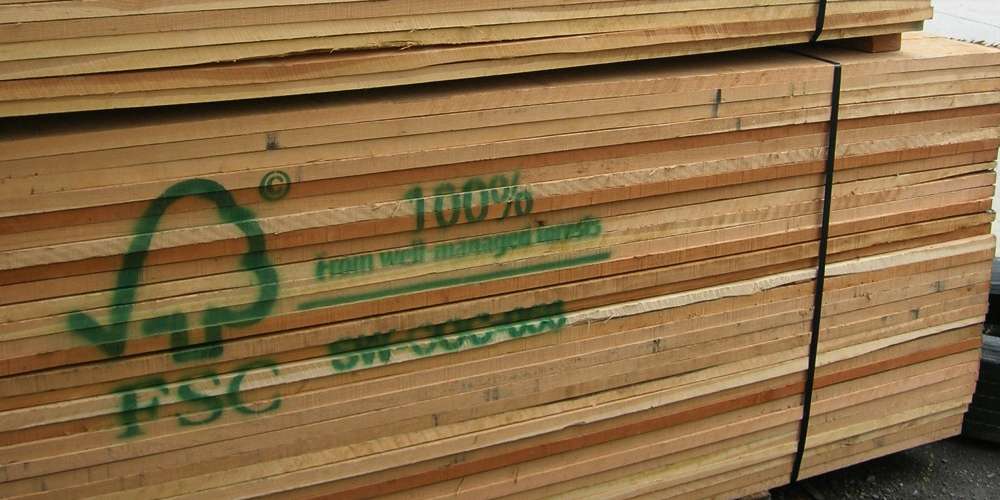














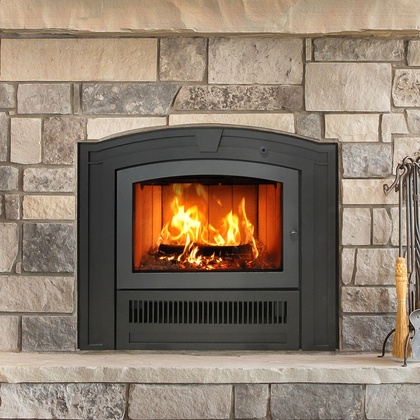





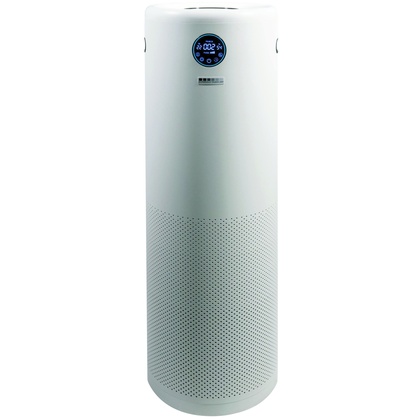

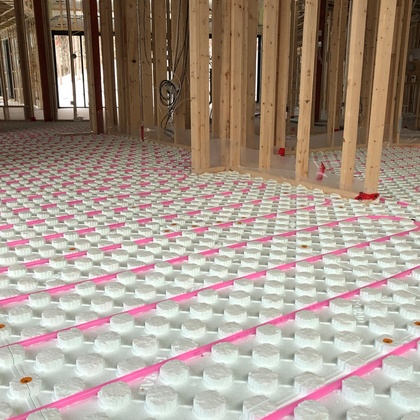


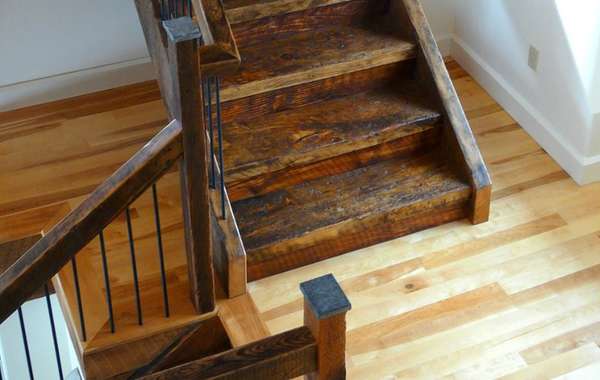
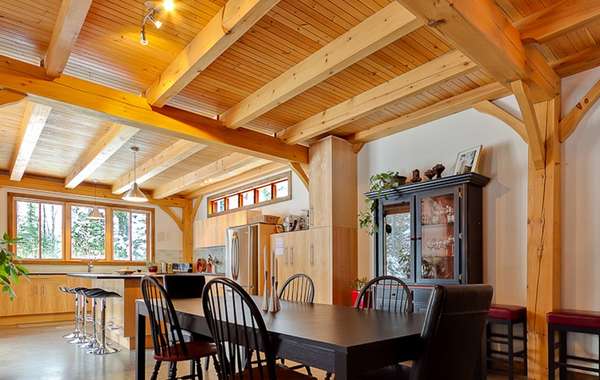
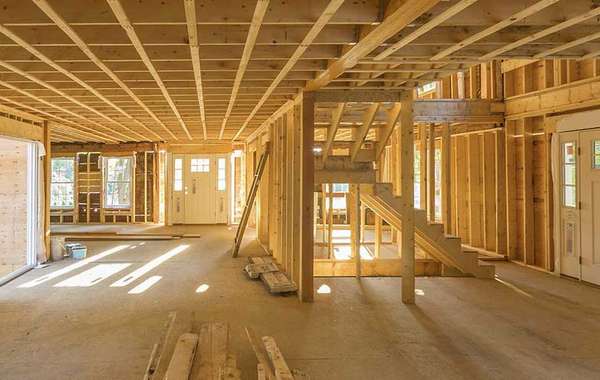
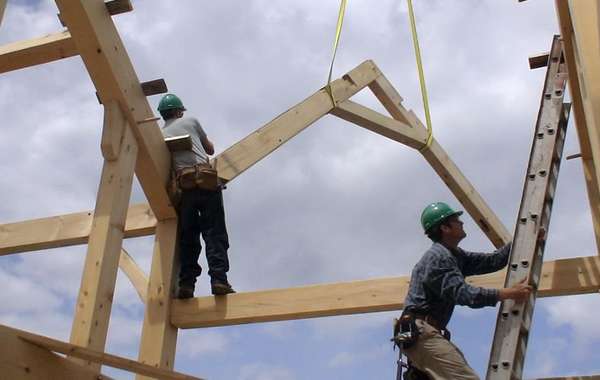
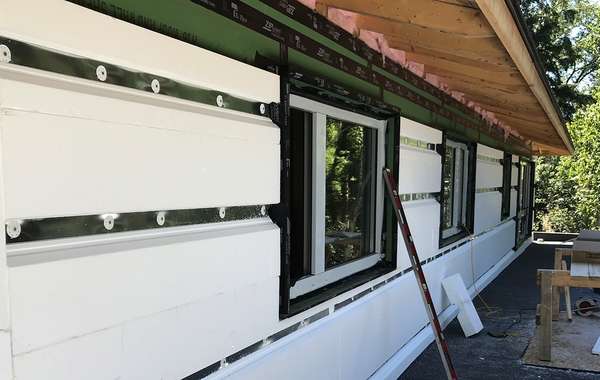
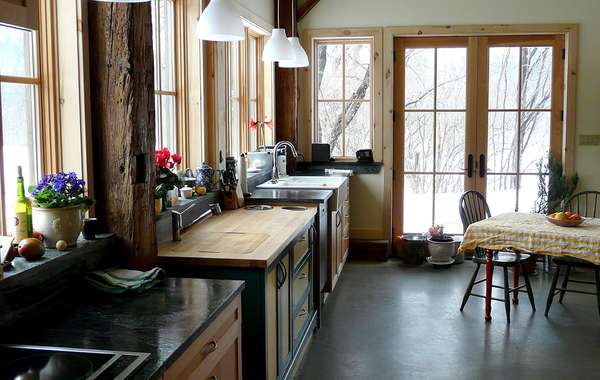
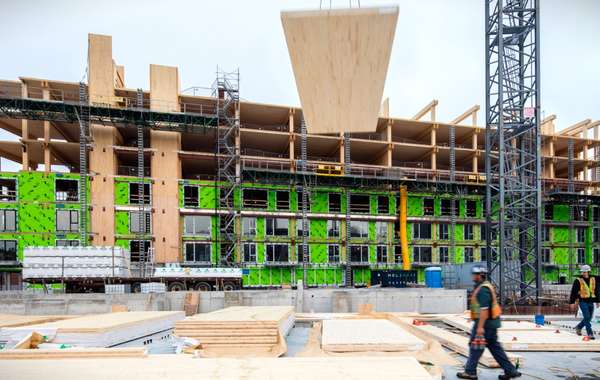
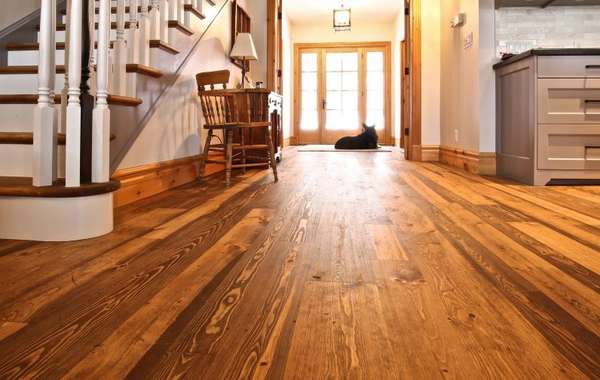
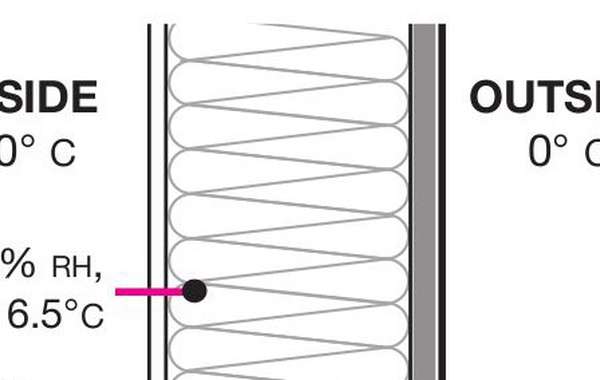
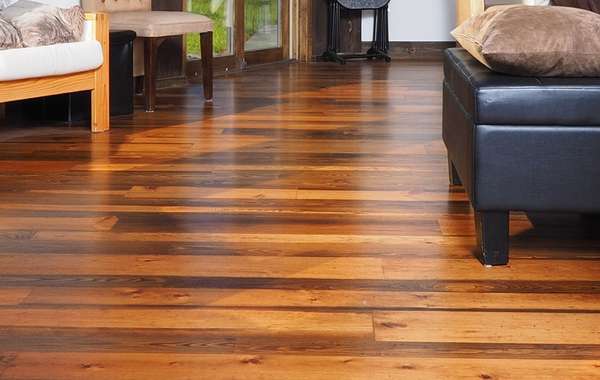
Comments (0)
Sign Up to Comment